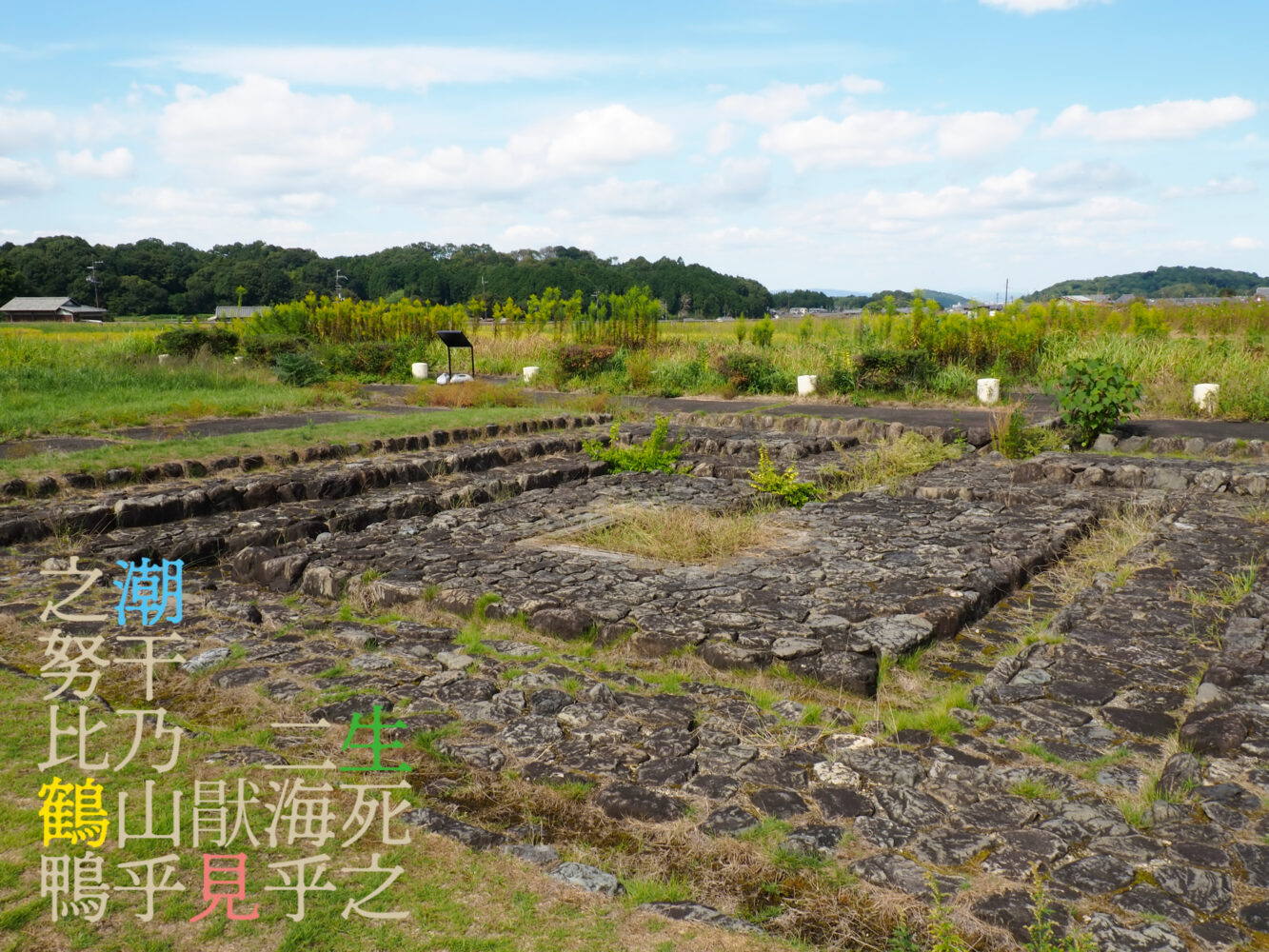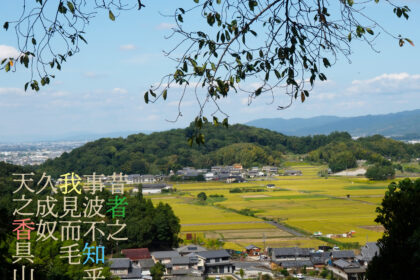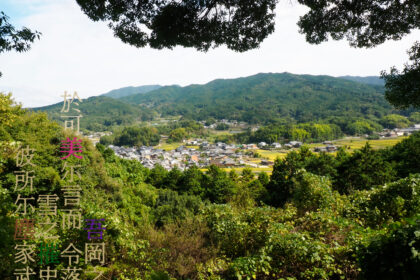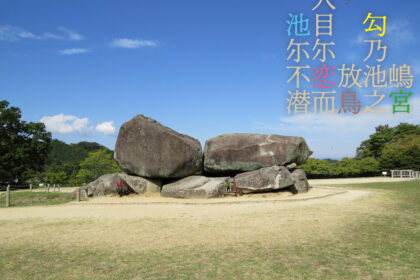生死の 二つの海を 厭はしみ 潮干の山を 偲ひつるかも
Ikishinino futatsunoumio itowashimi shiohinoyamao shinohitsurukamo
I lament the two seas that separate life and death and yearn for the mountain that appears when the tide grows low
「世間(よのなか)の無常を厭(いと)う歌」という題詞が付いた歌で、生と死の二つの海の厭わしさに、その海が干潮した時に現れるという山に行き着きたいと願ったという、万葉集には珍しい仏教的な歌です。山は仏教の世界の中心に聳え立つ須弥山(しゅみせん)という涅槃(ねはん)の山でしょう。
この歌の後にもう一首あるのですが、「右の歌二首、河原寺(かわはらでら)の仏堂の裏(うら)に、倭琴(やまとごと)の面(おもて)に在り」と左註にあるので、古代からある小さな六弦の和琴の面にこの歌が書かれていたので、僧侶たちが琴の音に合わせてこの歌を歌ったのでしょう。メロディーが付いた珍しい万葉歌です。
This is a Buddhist poem, a rarity for the Man’yōshū, expressing the poet’s lament toward the sea that divides life and death and their desire to reach the mountain that appears when that sea dries up. Its epigraph describes it as a song that “laments the impermanence of the material world.” The mountain is question is Mt. Meru, the sacred mountain that is thought to be the center of the Buddhist world.
The left-hand annotation for the poem that follows this states: “these two poems on the right were written on the face of a yamatogoto in the rear of a Buddhist shrine at Kahara-dera Temple”, leading us to believe that these songs have been sung by Buddhist monks since ancient times, so much that they inscribed the very lyrics directly onto the faces of their six-stringed instruments. Another aspect that makes this poem rare is the fact that it actually has a melody.







コメントを残す